Haptic Reflections of 2017
“2017 can only be summarized based on you, because everybody’s journey is different.”
Maybe it’s my own wishful thinking, but I have the strong impression that this year we’ve seen a number of technologies demonstrate what MIT calls "staying power". Reinforcement learning in AI, Quantum Computing, Autonomous Vehicles, Robotics, and Virtual Reality are some of my favourites. These will undoubtedly affect our economy, our politics, improve our lives, and influence our cultures. Some are already unfolding before us whilst others will take longer to develop and proliferate.
Virtual Reality (VR), for instance, is well established in the gaming industry and has already made several inroads into many other sectors. Importantly however, with recent backing from several of the current tech giants, VR has finally gone mainstream and is now reaching more people than ever before.
One of the many reasons for this extraordinary growth is the recent advancements in Haptic technologies. To date, VR has been predominantly audio-visual through a head-mounted-display and a pair of headphones. That’s only two out of our five senses.
That’s just 40%
Yes, this is a very crude estimate, and yes, the tantalizing potential in systems that leverage tactile cues in VR has been the subject of research since the mid-80s. However, only recently have we seen commercially available haptic apparatus that supports advanced interactions in VR and enables for easy software development of quality content that can actually deliver.
Whilst there is much room for improvement, I encourage everyone to try VR with some haptic technology (e.g., tactile controllers, wearable actuators, or our own Ultrahaptics touchless tech) and experience how haptics brings a whole new dimension, creating experiences that are far more engaging, impactful, and ultimately more real.
I’m happy that Ultrahaptics is a leader in the haptic VR space but I’m even more proud of the underlying reasons for this. Our mid-air haptic technology is revolutionizing the way we interact with technology, both in VR and in many other settings. A key ingredient on our “road to impact” has been investing in cutting-edge innovation and facilitating for ambitious academic research projects.
2018 is going to be very exciting!
Our research teams are working hard to explore and expand these possibilities, both internally and externally. Namely, our advanced research team is growing faster than ever, our academic collaboration network is now 40 Universities strong, we are running international workshops and hosting innovation challenges at the most impactful of scientific events, and we are manipulating levitated small particles with the aid of focused ultrasound and EU funding.
Dr Orestis Georgiou is a researcher and an author of over 60 publications in the areas of Mathematics, Physics, Engineering, Computer Science, and Medicine. He is currently the Director of Research at Ultrahaptics Ltd. and aims to expand, explore, and accelerate innovation in mid-air haptic technologies and their applications.












